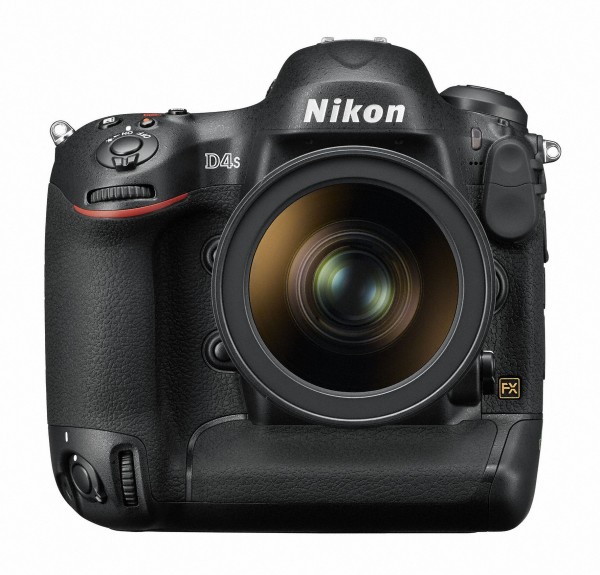Like all flagship models, the Nikon D4s is the Japanese camera maker’s showpiece at the moment, an attempt to create buzz for its other less feature-packed brethren.
An updated version of the D4, the new D4s is more about improvements in the software department rather than a dramatic hardware overhaul. You can say Nikon is sticking to the tried and tested of its predecessor.
Outwardly, there isn’t much difference and most of the improvements are within the camera body. With the faster Expeed 4 processor that allows a much faster and more accurate focus tracking of moving objects, the D4s is better at shooting sporting events and wildlife.
The reaction time of the camera from focusing to shutter trigger is also close to instantaneous. This means shots are not lost. Nikon, however, has delayed the focus lock time by 0.5 seconds. It may seem counter-intuitive at first but it does contribute to fewer mis-focused shots, without slowing down the camera operation.

The grey heron at the moment of lift off, a shot made possible courtesy of the lightning quick D4s focus tracking and high frame rate.

The sea lion about the devour its fish snack from its trainer.

Another moment quickly captured as the butterfly rests on the snail and the camera nailed the focus and the moment in one instance.
ISO Performance has also been boosted to ISO25600. As expected from the mother of all Nikon cameras, it is nothing short of breathtaking. Shots taken from ISO2000 onwards to ISO6400 show very little ISO noise.
I always advocate using the lowest ISO settings in a given shooting scene so anything more than ISO3200 is more of a luxury rather than necessity. That’s unless you are pairing the camera with lenses that are not as fast (those with aperture of f3.5 or higher).
Most advanced enthusiasts and professionals will be using f2.8 lenses instead and that helps with using a lower ISO setting and much better image quality overall. For the Nikon D4s, the maximum ISO I would use is ISO6400 despite the higher ISO limit of ISO25600. Like I said, the noise-free high ISO settings are a luxury.

As expected, the ISO1600 setting on the D4s has churned out images with clarity and good colour rendition. Noise artifact is very little or close to non-existent.
During my tests, the Nikon D4s did particularly well on a day of shooting various subjects. It has no issues handling rapid shutter exposures at 11 frames per second, focus tracking and optical stabilisation, and still has some battery life left at the end of the day. This is thanks to the new 2,500mAh EN-EL18a power pack, which should make shooting events a painless task.

Human subjects shot with Lomography Petzval lens. Despite the warmer white balance, the skin tone is quite good.
Yet another user-centric feature that Nikon has included in the D4s is a file format that promises to make life easier for folks who want good good quality images but with a smaller file size. The camera supports RAW-s, a 12-bit file format that aims to provide uncompressed image quality, as regular RAW files do, but at slightly lower resolution of 2,646 x 1,640.
That’s a good feature to have but users might still be okay with the basic RAW files churned out by the D4s. After all, its 16-megapixel sensor produces 20MB RAW files, which are still acceptable, given the fast data transfer rates of the best CompactFlash cards out there.
Perhaps the lightweight file format might be useful for users of the Nikon D800/800E, which has 36MP sensors that create even bigger file sizes. Smaller file sizes will help speed things up.
On the whole, the D4s has some upgrades that might interest some users, but whether they make a difference to you depends on what you do with it.
Consider the faster focus tracking and the reaction speed of the camera. These may be critical to professional sports photographers or avid wildlife enthusiasts, who could find the reason for a S$8,799 upgrade.
However, to many other less demanding users, the improvements might seem minute. For me, that’s certainly the case, going by my past experience with a Nikon D4.
Yet another Nikon upgrade – better image quality throughout the higher ISO range – might not matter that much to me as well. ISO6400 is still the maximum I would use for the best shots.





